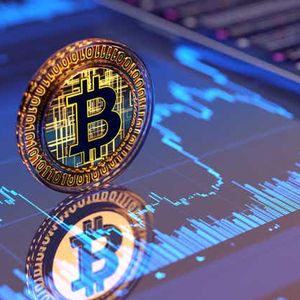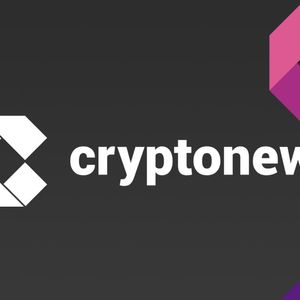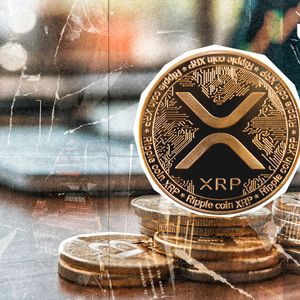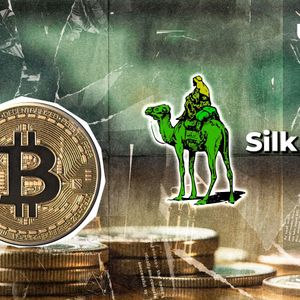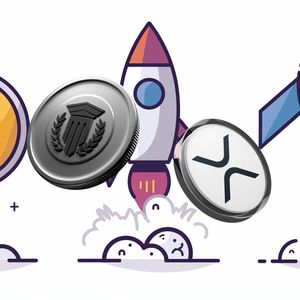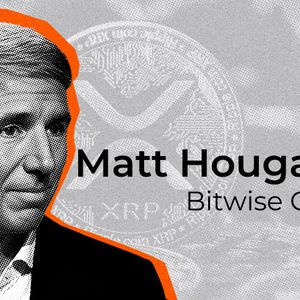Summary I recommend buying Bitcoin due to accelerating adoption by states, institutions, and retail, with Arizona allocating up to 10% of reserves to BTC. Institutional inflows into Bitcoin ETFs are soaring, and Bitcoin now ranks as the 8th largest currency by market cap. Price models tied to global money supply and mining costs suggest Bitcoin could reach $125,000 by mid-year and $200,000 by 2026. Despite short-term risks from global austerity and increased short positions, Bitcoin's risk-return profile remains highly attractive versus other assets. Investment Thesis I recommend buying Bitcoin ( BTC-USD ). The adoption of Bitcoin has accelerated across multiple fronts, such as the decision of the state of Arizona to allocate up to 10% of its reserves in Bitcoin. Among companies, Revolut (which has 50 million customers) announced the integration with the Bitcoin Lightning Network, which will increase its use as a means of payment. Meanwhile, retail adoption is accelerating as there are more Bitcoin investors than gold in America. Bitcoin's market cap has already surpassed the Taiwan dollar, positioning it as the 8th largest currency by market cap, while investors wonder if it is already too expensive. According to some metrics, there is still a long way to go. Fast Adoption A major milestone in the institutionalization of Bitcoin has occurred recently. Arizona has approved its strategic Bitcoin reserve and will commit up to 10% of its $3.14 billion in assets to purchasing the cryptocurrency. The move could prompt other states to follow suit, and reinforces Bitcoin as a strategic asset. Adoption as a means of payment is also happening rapidly. Revolut, a European fintech with over 50 million customers, has announced that it will allow payments via the Bitcoin-based Lightning Network. As major players with large user bases adopt cryptocurrency as a means of payment, it becomes part of users' daily lives and gains strength as an alternative to the traditional payment system. This movement is also occurring among institutional investors. According to research, around 50 million Americans own Bitcoin, this number surpasses the 37 million gold investors. Bitcoin Is Becoming America's Reserve Asset (River) Investment Flow Soars The volume of investment in Bitcoin ETFs has skyrocketed in recent weeks and has already surpassed $900 million in a single week. This is a clear sign of institutional adoption in my view. BTC ETF Inflows (Zerohedge) Still talking about Bitcoin ETFs, the demand is so great that the iShares Bitcoin Trust ETF (NASDAQ: IBIT ) is among the top five ETFs in year-to-date inflows. The product has seen unimaginable adoption. Stand out from other assets After a recent price surge , Bitcoin has surpassed the market cap of Amazon, Alphabet and even silver. Bitcoin now has a market cap of over $2 trillion, reinforcing its structural relevance. Top Assets By Market Cap (companiesmarketcap) When compared to currencies, Bitcoin has surpassed the market value of the Taiwan dollar, and if it were considered a traditional currency, it would already be among the eight largest currencies in the world. Bitcoin surpassed Taiwan Dollar to Become the 8th Largest Currency in the World (ZeroHedge) Finally, respected investor Warren Buffett expressed his views on nations' fiscal policies. At his company's annual meeting, Buffett said he was concerned about governments' decisions to devalue their currencies. In this case, the concern of a major investor about the implications of fiscal irresponsibility by governments around the world is clear, and this is a major growth driver for Bitcoin, which corroborates the buy recommendation. Despite all the arguments listed above, many investors wonder whether they should still buy Bitcoin at these prices, and I will talk about price in the next chapter. Fair Price To reinforce the arguments above, we have the graph that compares the price of Bitcoin lagged by 10 weeks with the global money supply, which has been rising sharply driven by the US debt trajectory . We can see that the price of Bitcoin closely follows this global money supply, and based on the recent rally, the model suggests a target price for Bitcoin of $125,000 by the end of the first half of the year. Global M2 vs Bitcoin Lagged 10 weeks (Bonque) Another interesting metric is the price of Bitcoin and the average cost of mining. We can see that the price tends to stay above the cost of production, which makes this cost a "floor". Let's see the chart below. BTC Price, Average Miner Breakeven Cost (Blockware) According to the chart, we could see the price of Bitcoin close to $200,000 by 2026, which supports my recommendation to buy Bitcoin. Although the outlook is very positive in my view, we need to understand the risks. Potential Threats To The Thesis Recently, Japanese authorities stated that they must adjust their debt as the cost is at extremely high levels. The reduction in Japanese bond issuance tends to improve the environment for trading bonds in other markets. This move by the Japanese government may be followed by other countries. If we have a global movement of austerity regarding its debt, we have a risk for the Bitcoin thesis. Finally, recent data shows that speculators have increased their shorts on bitcoin in recent weeks, likely expecting a price drop after hitting all-time highs. This could be a technical trigger for a short-term price drop. Speculators Increased Short Exposure in US Midcaps, Bitcoin (Bloomberg) The Bottom Line After a strong appreciation, many investors are wondering if there is room to buy Bitcoin, and as we saw in this article, I believe there is room for further increases. Institutional and retail investors have been rapidly adopting the cryptocurrency. When we analyze price projections, we have solid metrics such as price in relation to the global money supply or the cost of mining. Both point to Bitcoin exceeding $125,000 by the end of the year. Based on this analysis, I recommend buying Bitcoin. In my view, the risk-return ratio of the asset is still very attractive when we analyze it against other assets and currencies.



